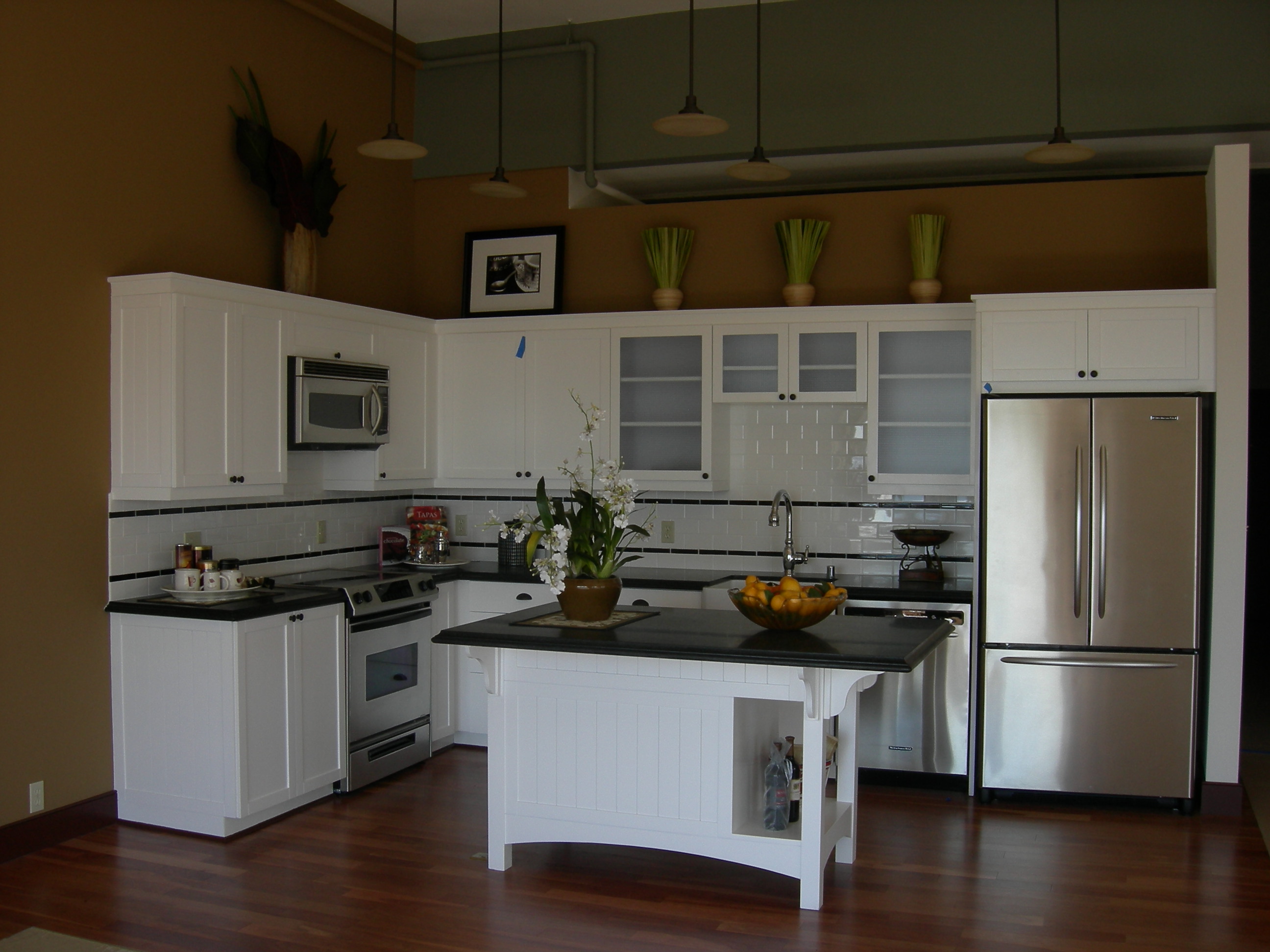When it comes to creating a welcoming and visually appealing living room, color coordination is key. The right color scheme can set the tone for the entire space and tie everything together. Whether you prefer bold and vibrant hues or a more subtle palette, here are 10 color coordination ideas for your living room.Color Schemes for Living Rooms
When choosing a color scheme for your living room, it's important to consider the overall vibe you want to create. Soft pastel shades like powder blue and blush pink can give off a calming and serene atmosphere, while bold red and sunny yellow can add a touch of energy and excitement.Living Room Color Ideas
The key to a successful color scheme is finding the right combination of colors that work well together. One popular option is to choose a main color and then pair it with complementary colors or analogous colors. For example, if your main color is navy blue, you could pair it with mustard yellow and light grey for a stylish and modern look.Living Room Color Combinations
A color palette is a collection of colors that work together to create a cohesive and harmonious look. When selecting a color palette for your living room, consider using neutral colors as a base and then adding in one or two accent colors for a pop of color. This creates a balanced and visually appealing space.Living Room Color Palette
Just like fashion, home decor and design also have trends that come and go. Some popular living room color trends for 2021 include earthy greens and warm terracotta, as well as rich jewel tones like deep emerald and royal purple. These colors add depth and character to any living room.Living Room Color Trends
If you're struggling to come up with a color scheme for your living room, look to nature for inspiration. The beach and ocean can inspire a palette of blue, white, and sandy beige, while the forest can inspire a palette of green, brown, and earthy tones. You can also look to your favorite artwork or fabrics for color inspiration.Living Room Color Inspiration
There are endless possibilities when it comes to creating a color scheme for your living room. Some ideas to consider include monochromatic schemes, where you stick to different shades of one color, or split-complementary schemes, where you pair your main color with the two colors next to its complementary color on the color wheel.Living Room Color Scheme Ideas
When coordinating colors in your living room, it's important to pay attention to the undertones of each color. This refers to the underlying hue that can affect how colors look together. For example, a warm beige will pair well with warm reds and oranges, while a cool grey will pair better with cool blues and purples.Living Room Color Coordination Tips
Colors can also have a psychological impact on our mood and emotions. For example, cool colors like blue and green can evoke feelings of calmness and relaxation, while warm colors like red and yellow can create a sense of energy and warmth. Consider the mood you want to create in your living room and choose your colors accordingly.Living Room Color Psychology
When trying to match colors in your living room, it's important to have a good understanding of color tones and shades. Light colors can make a room feel more spacious and airy, while dark colors can add depth and coziness. You can also use neutral colors to balance out bolder colors and create a cohesive look.Living Room Color Matching
The Importance of Colour Coordination in Your Living Room

Creating a Harmonious Space
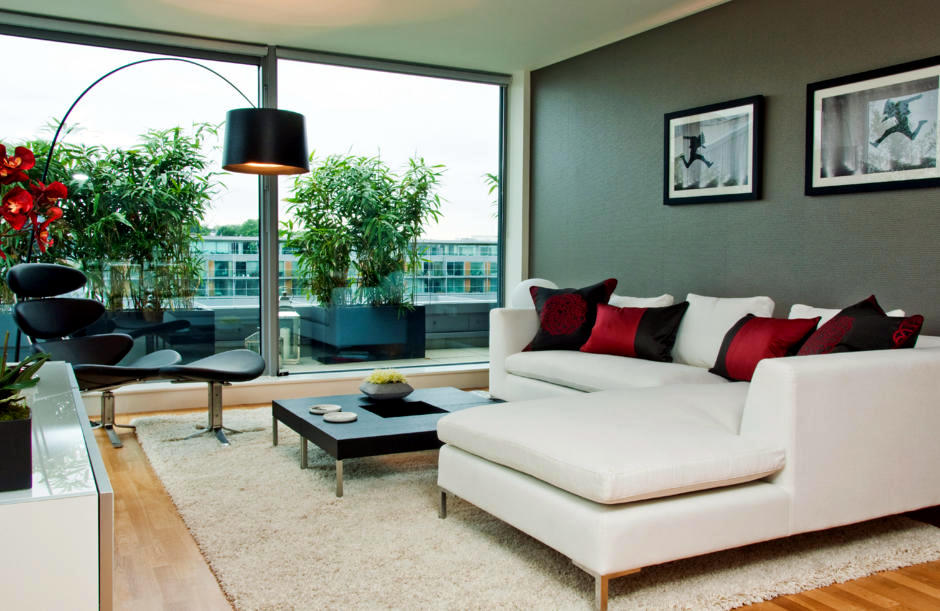 When it comes to designing your living room, colour coordination is a crucial aspect that should not be overlooked. The colours you choose for your space can greatly impact the overall look and feel of the room. From creating a sense of harmony and balance to setting the mood and atmosphere, colour coordination plays a vital role in the design of your living room.
Colour Coordination: The Basics
Before diving into the world of colour coordination, it's important to understand the basics. The colour wheel is a useful tool that can help you understand how different colours work together. Colours that are opposite each other on the wheel, such as blue and orange, are known as complementary colours. These colours create a high contrast and can add depth and visual interest to a room. On the other hand, colours that are next to each other on the wheel, such as blue and green, are known as analogous colours. These colours create a more harmonious and cohesive look when used together.
Setting the Mood
The colours you choose for your living room can greatly impact the mood and atmosphere of the space. Warm colours like red, orange, and yellow can evoke feelings of energy and warmth, making them great choices for a lively and welcoming living room. On the other hand, cool colours like blue, green, and purple can create a sense of calm and serenity, making them ideal for a more relaxing living room. It's important to consider the purpose and function of your living room when choosing the colours to use.
Creating Balance and Visual Interest
Colour coordination in your living room can also play a significant role in creating balance and visual interest. A well-coordinated colour scheme can help tie all the elements of the room together and create a cohesive look. However, it's important to avoid using too many colours, as this can create a cluttered and chaotic space. Stick to a maximum of three main colours and use different shades and tones to add depth and dimension to the room.
In conclusion, colour coordination is an essential aspect of designing your living room. By understanding the basics of colour theory and considering the mood and atmosphere you want to create, you can create a harmonious and visually appealing space. So don't be afraid to experiment with different colours and have fun creating a living room that reflects your personal style and taste.
When it comes to designing your living room, colour coordination is a crucial aspect that should not be overlooked. The colours you choose for your space can greatly impact the overall look and feel of the room. From creating a sense of harmony and balance to setting the mood and atmosphere, colour coordination plays a vital role in the design of your living room.
Colour Coordination: The Basics
Before diving into the world of colour coordination, it's important to understand the basics. The colour wheel is a useful tool that can help you understand how different colours work together. Colours that are opposite each other on the wheel, such as blue and orange, are known as complementary colours. These colours create a high contrast and can add depth and visual interest to a room. On the other hand, colours that are next to each other on the wheel, such as blue and green, are known as analogous colours. These colours create a more harmonious and cohesive look when used together.
Setting the Mood
The colours you choose for your living room can greatly impact the mood and atmosphere of the space. Warm colours like red, orange, and yellow can evoke feelings of energy and warmth, making them great choices for a lively and welcoming living room. On the other hand, cool colours like blue, green, and purple can create a sense of calm and serenity, making them ideal for a more relaxing living room. It's important to consider the purpose and function of your living room when choosing the colours to use.
Creating Balance and Visual Interest
Colour coordination in your living room can also play a significant role in creating balance and visual interest. A well-coordinated colour scheme can help tie all the elements of the room together and create a cohesive look. However, it's important to avoid using too many colours, as this can create a cluttered and chaotic space. Stick to a maximum of three main colours and use different shades and tones to add depth and dimension to the room.
In conclusion, colour coordination is an essential aspect of designing your living room. By understanding the basics of colour theory and considering the mood and atmosphere you want to create, you can create a harmonious and visually appealing space. So don't be afraid to experiment with different colours and have fun creating a living room that reflects your personal style and taste.



/169789002-58a723d63df78c345b930ec6.jpg)







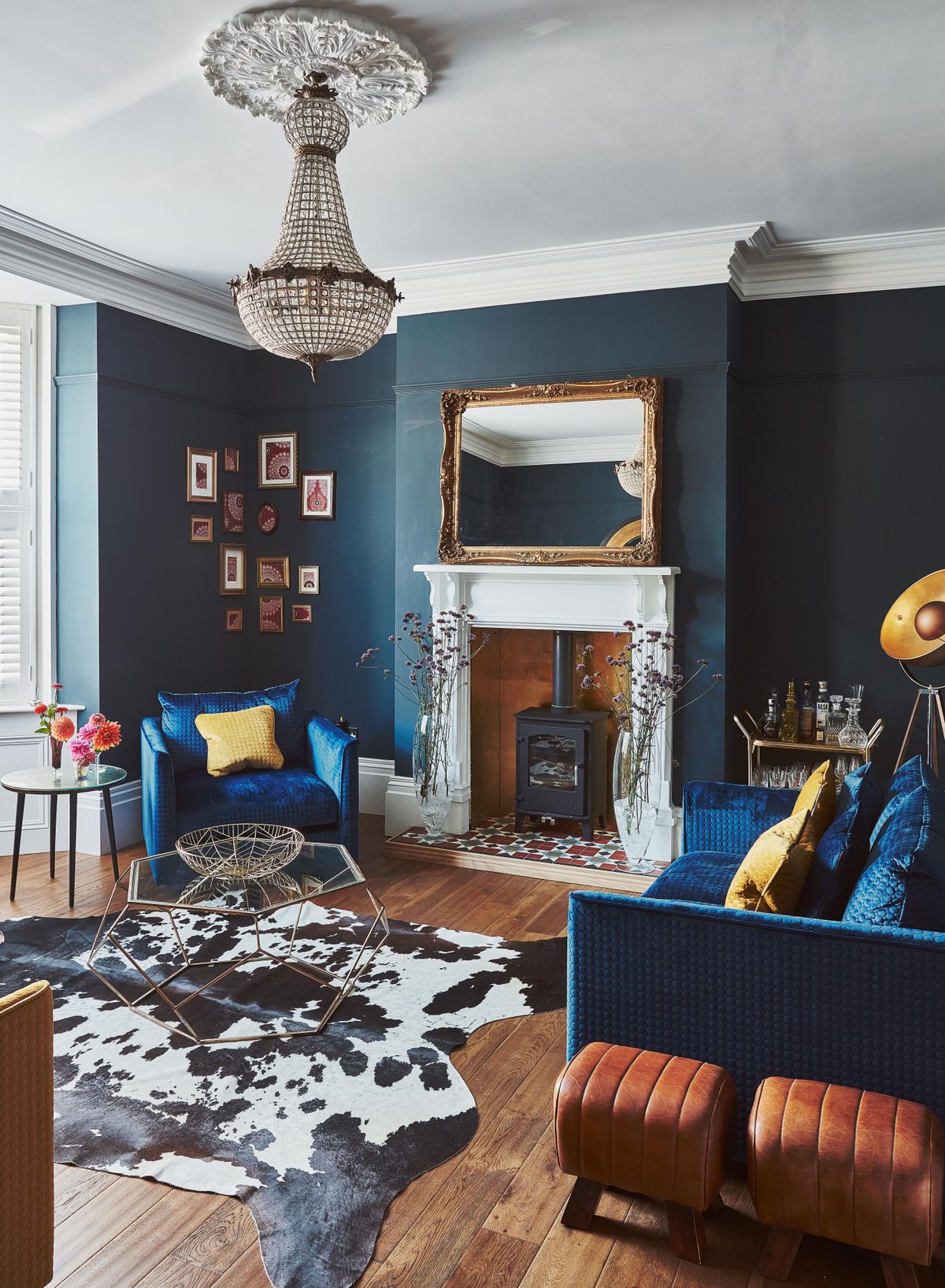
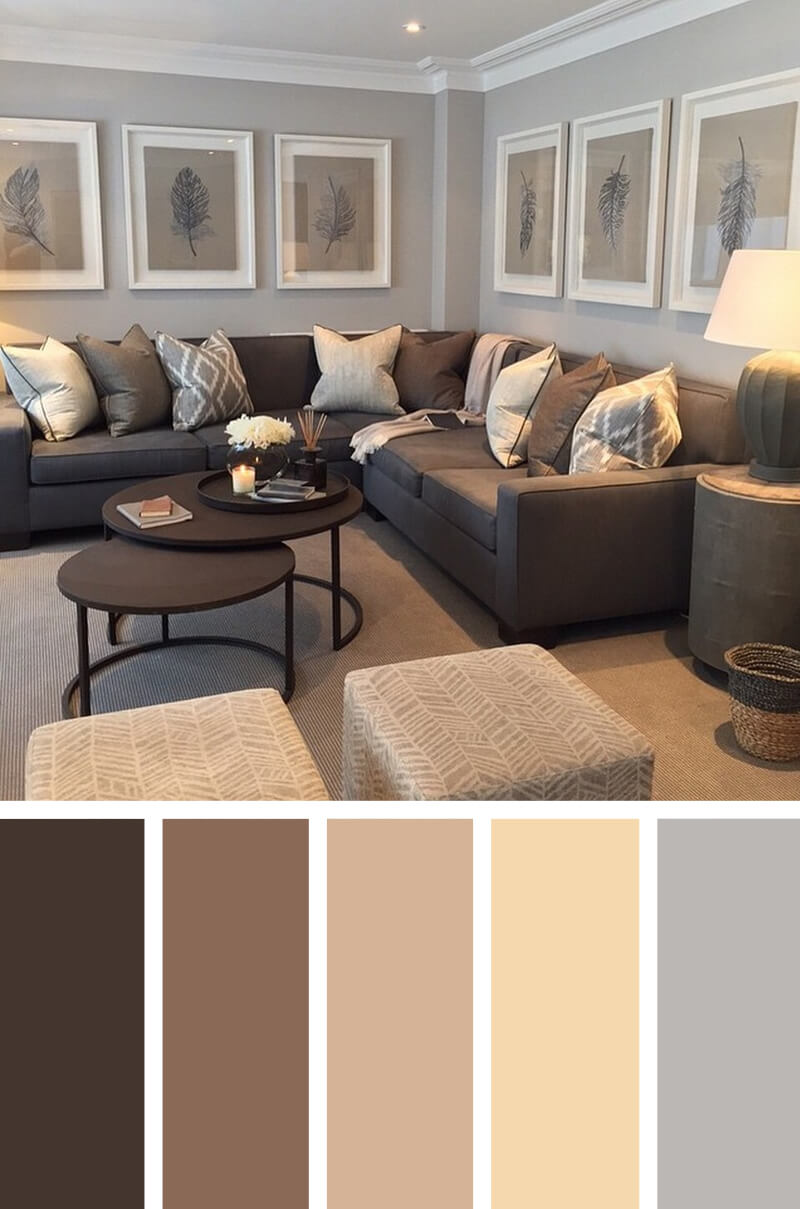

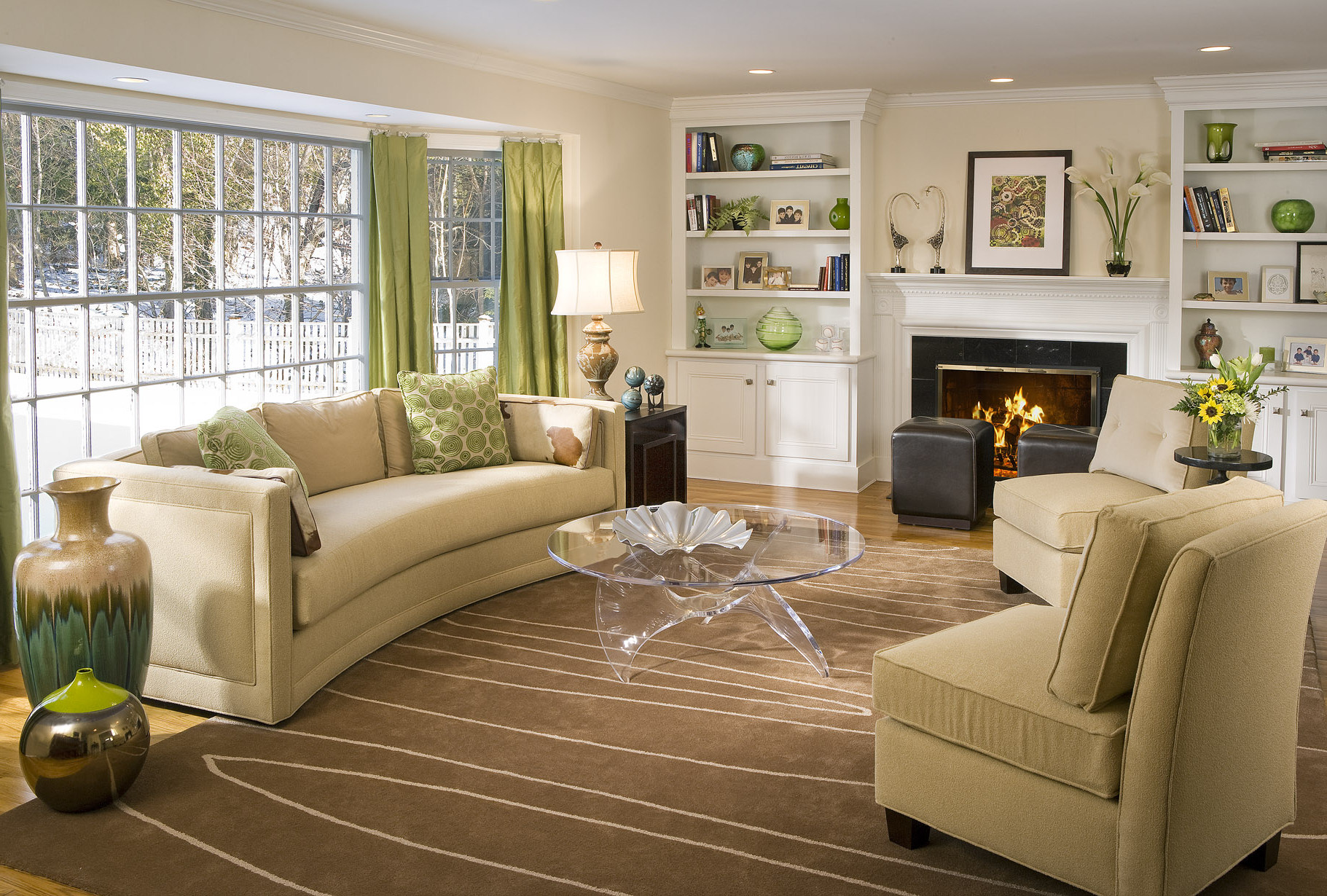
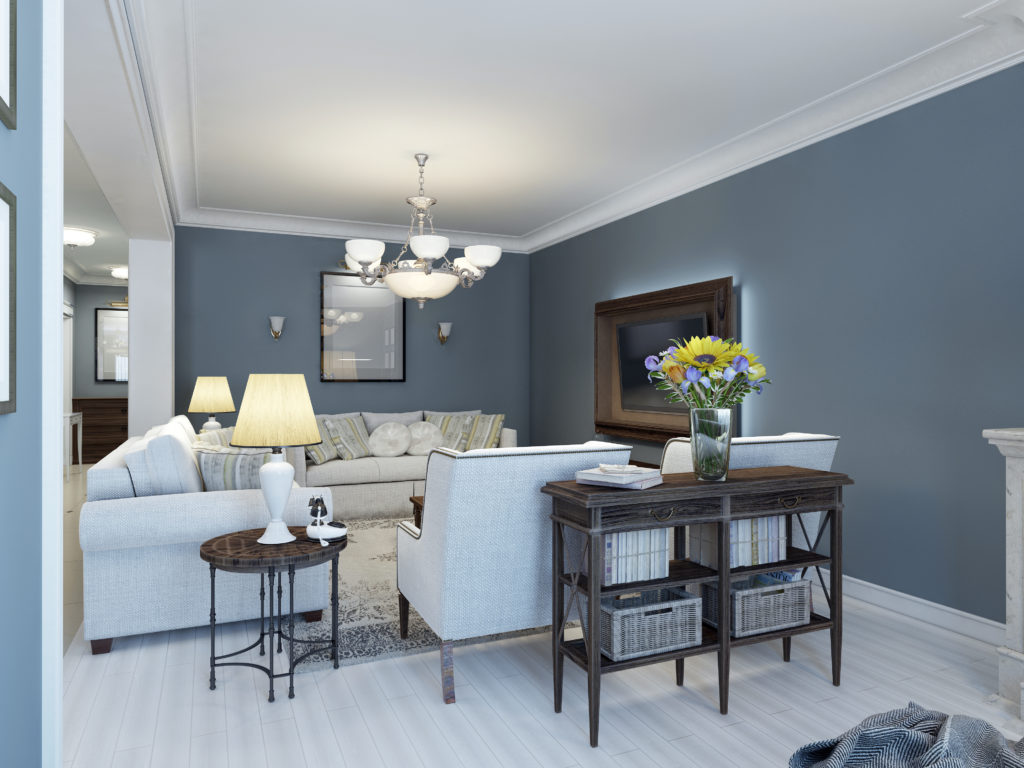

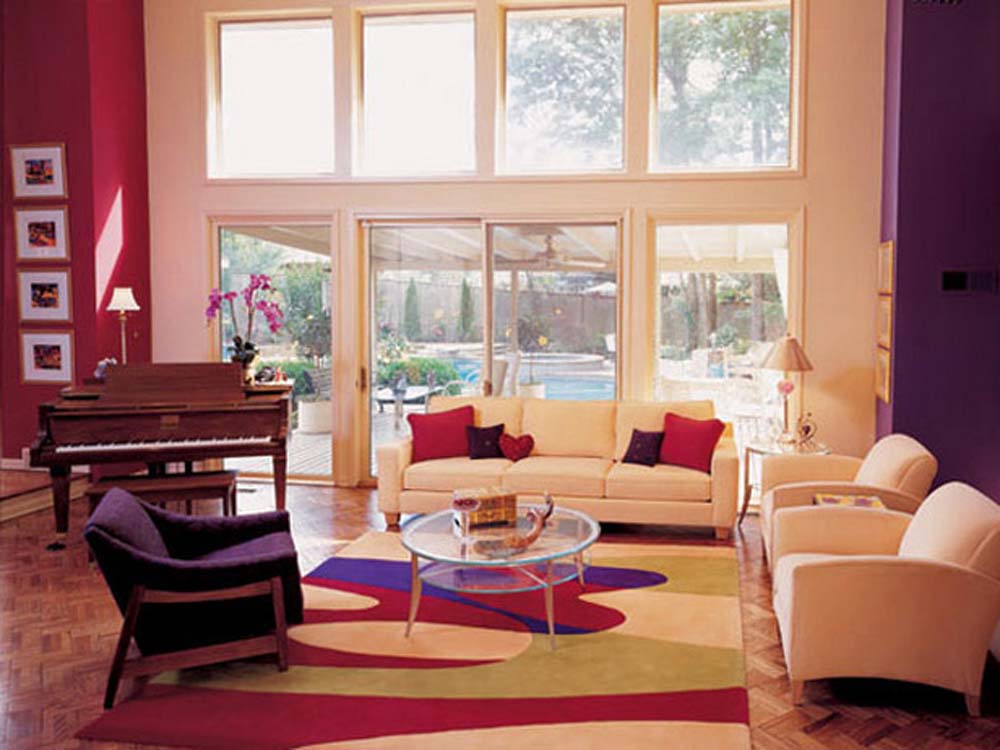








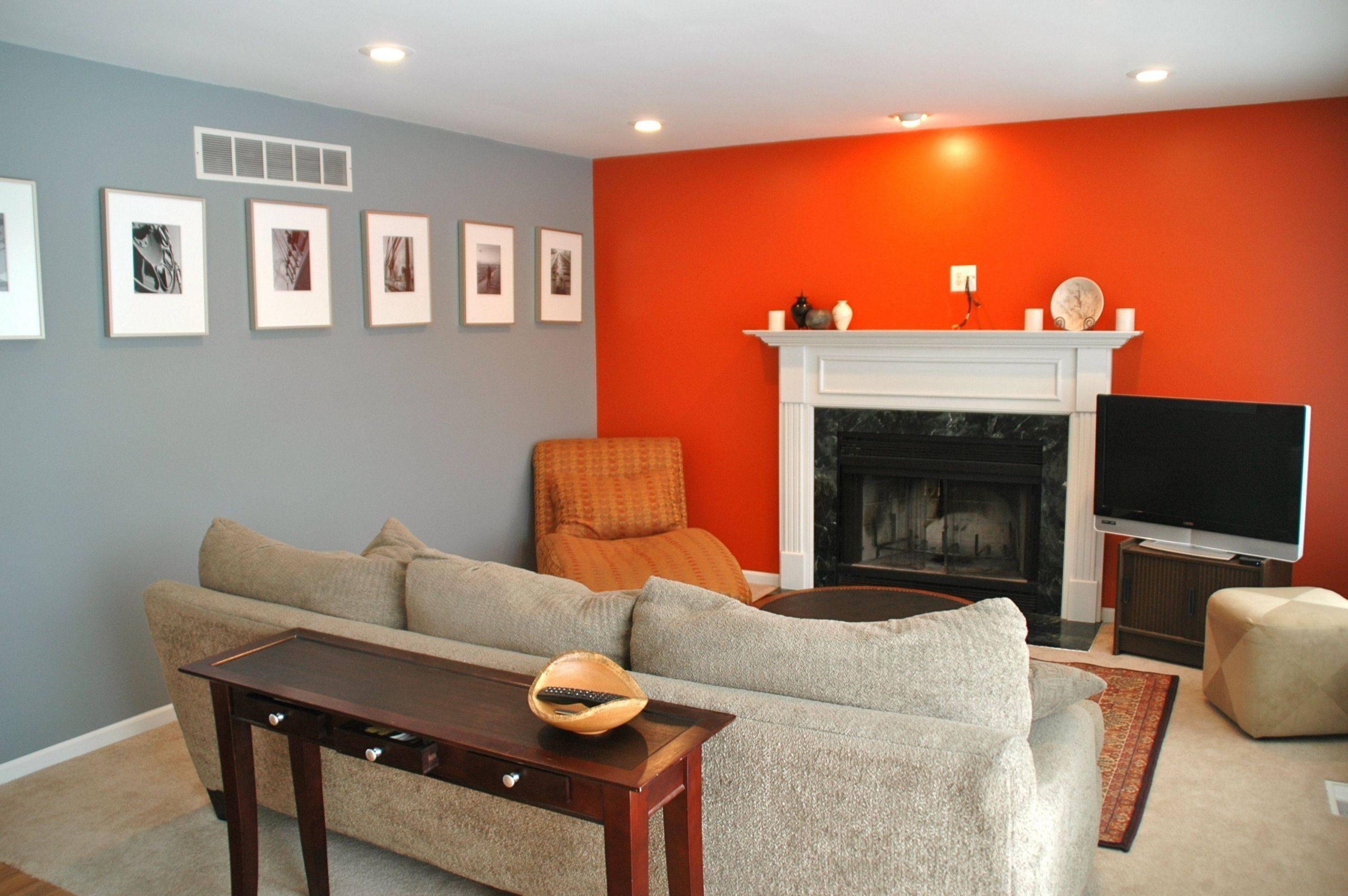
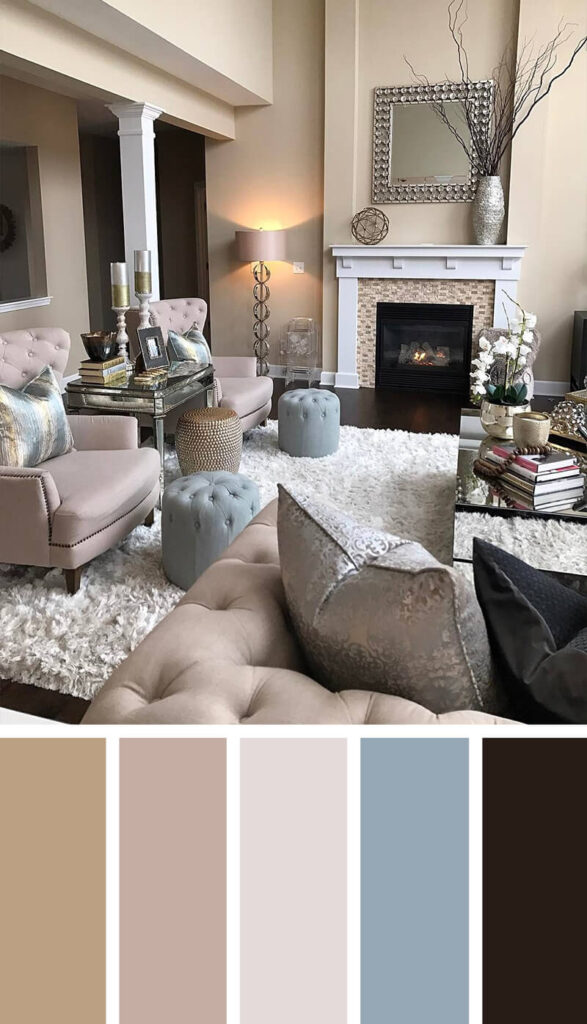
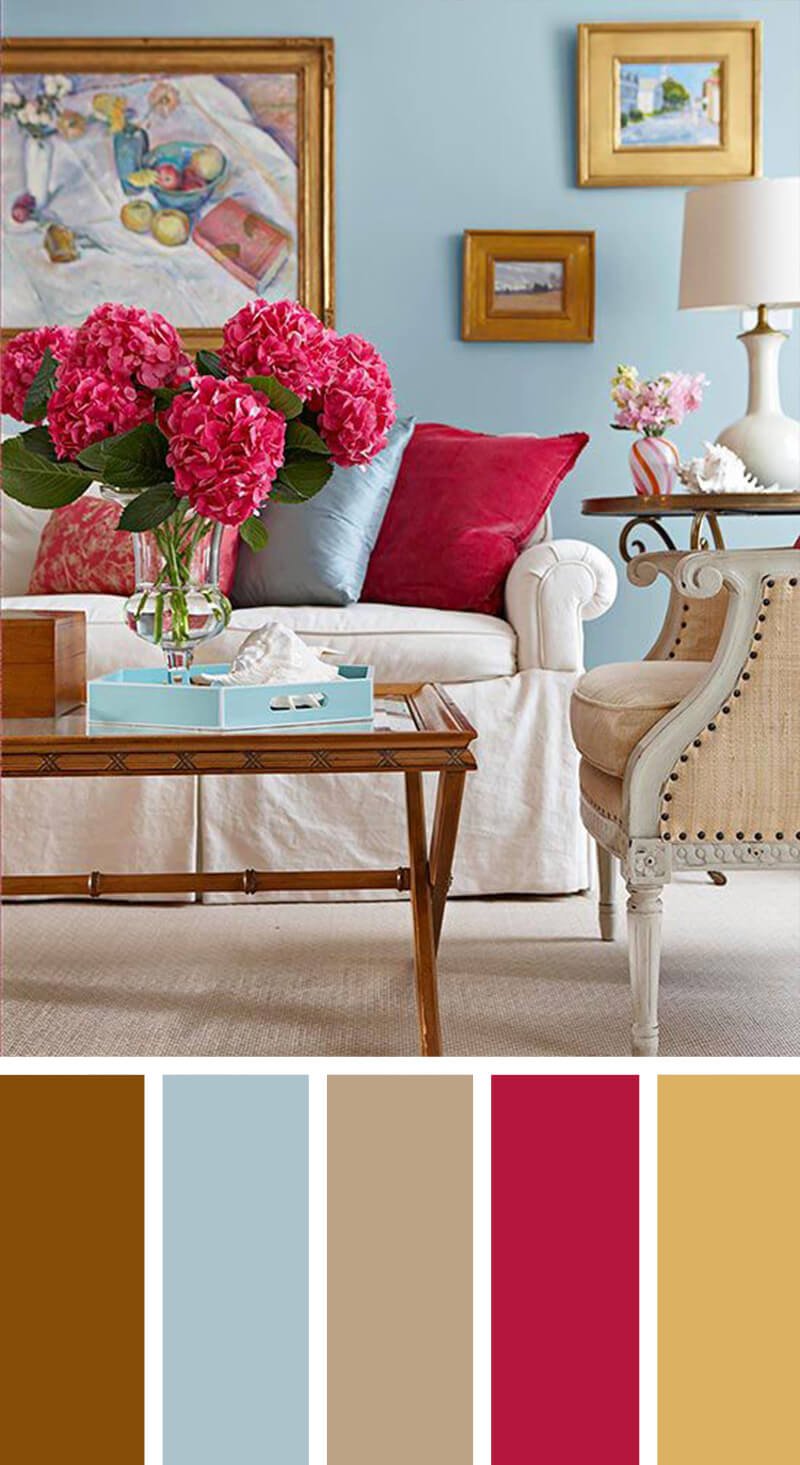

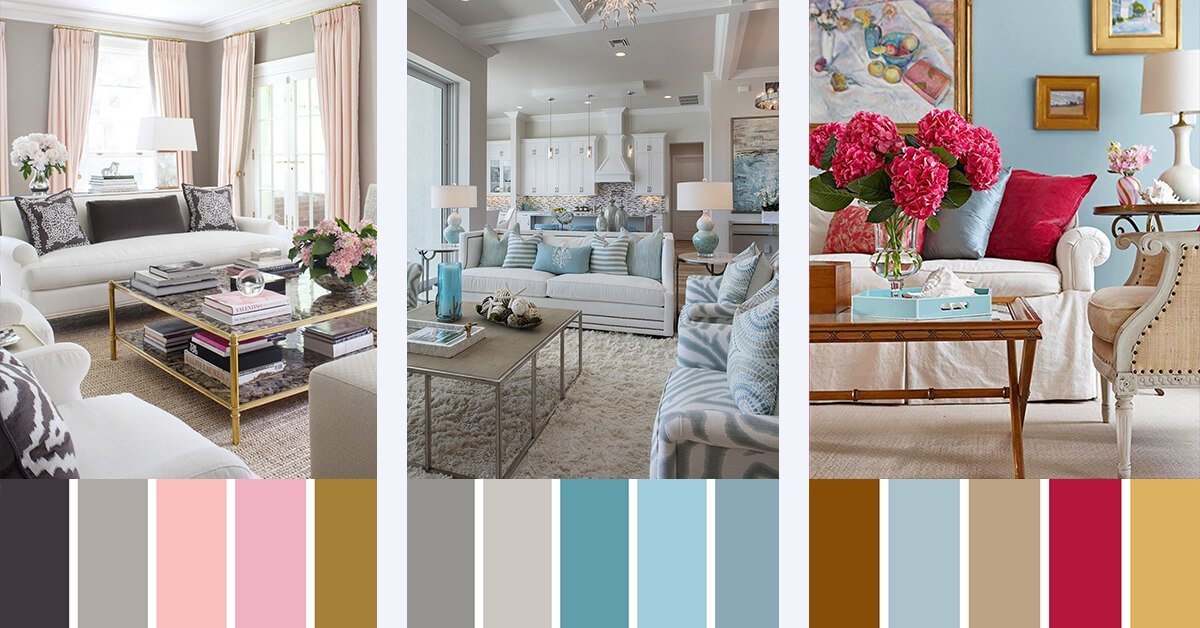
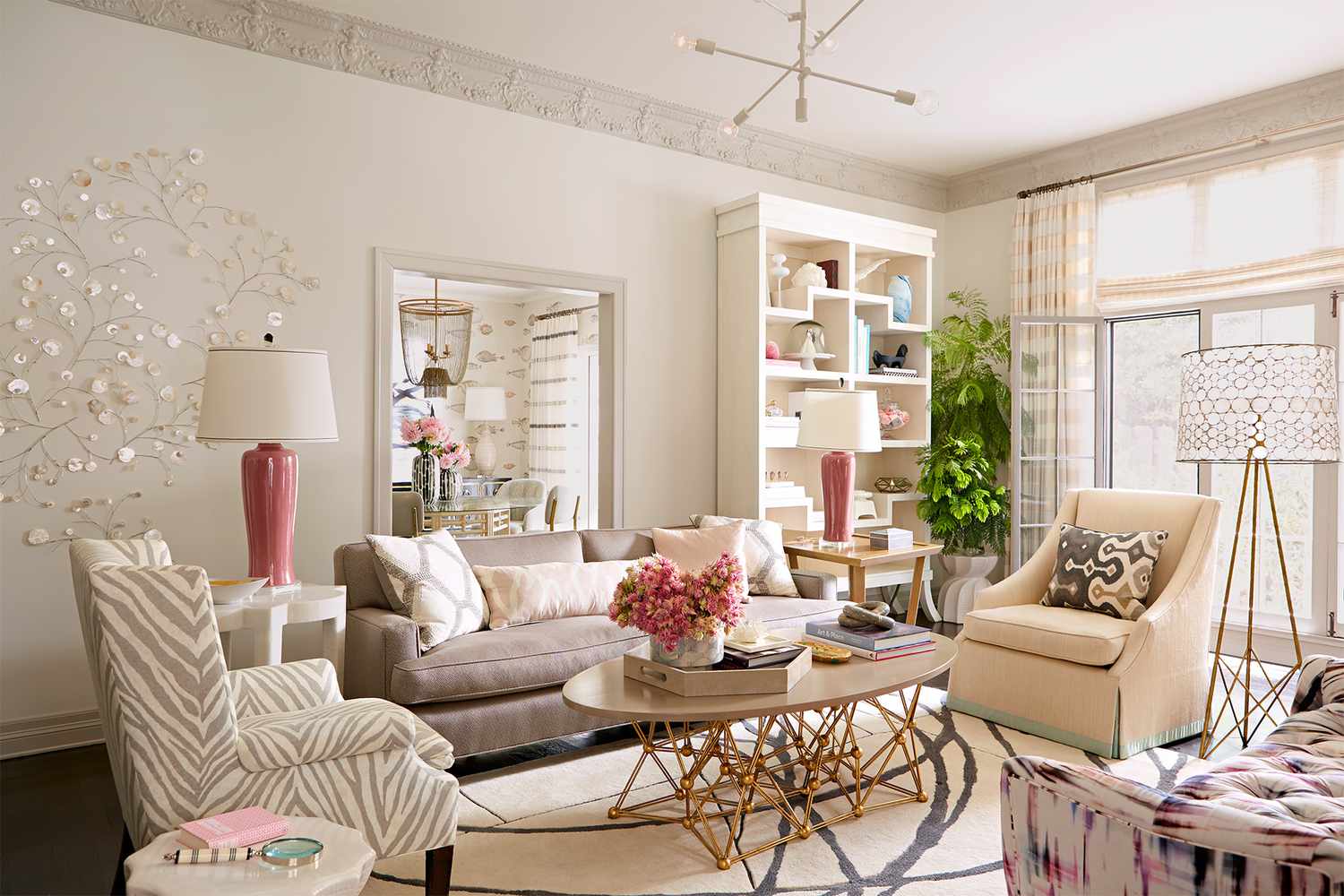
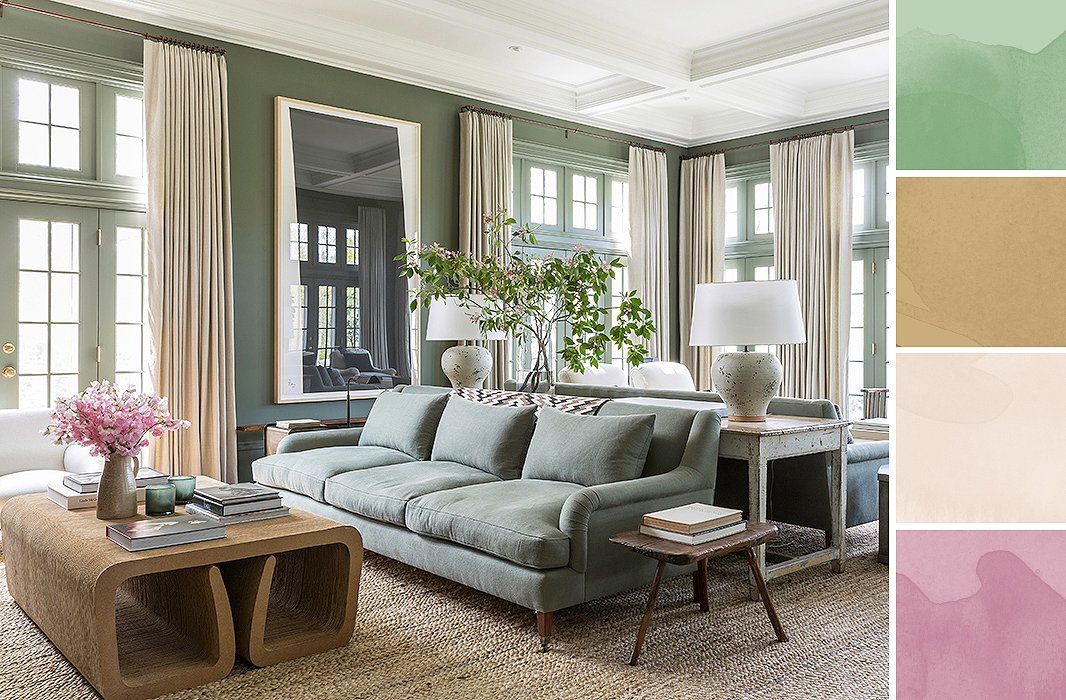









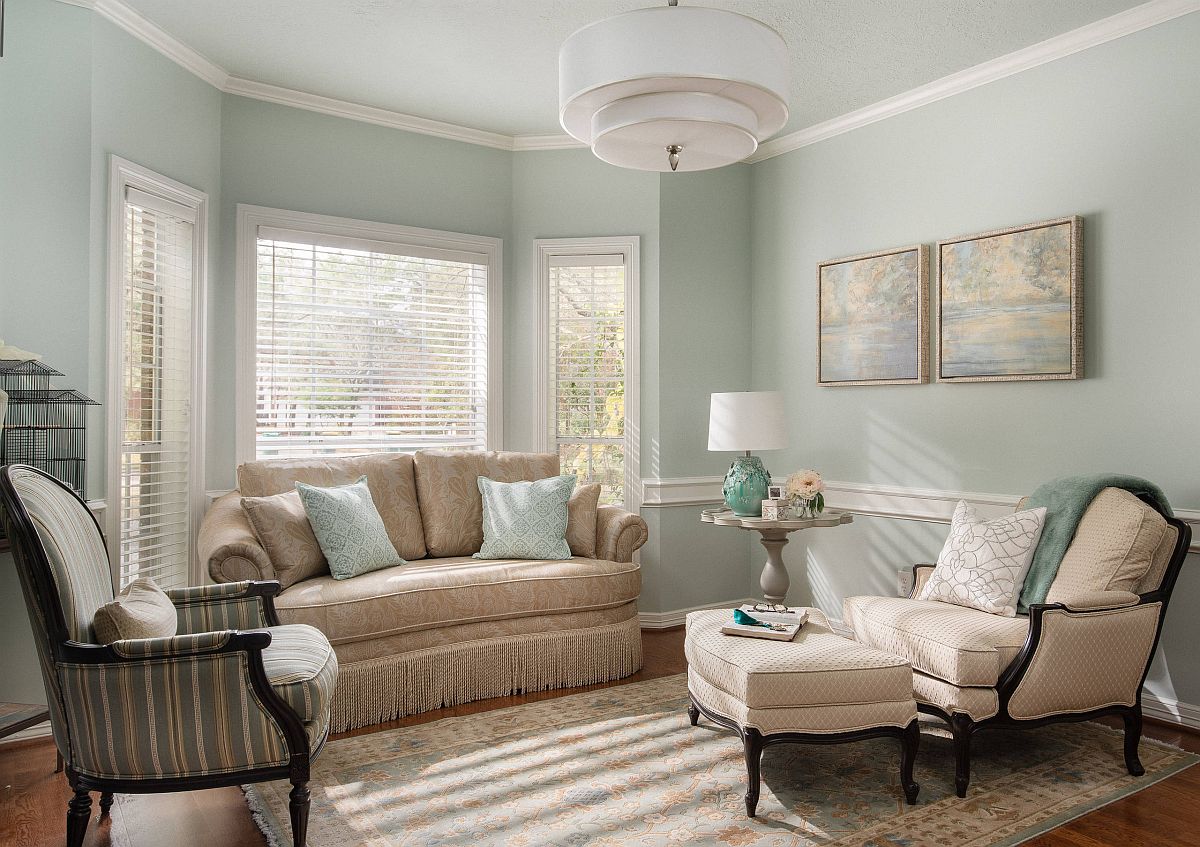

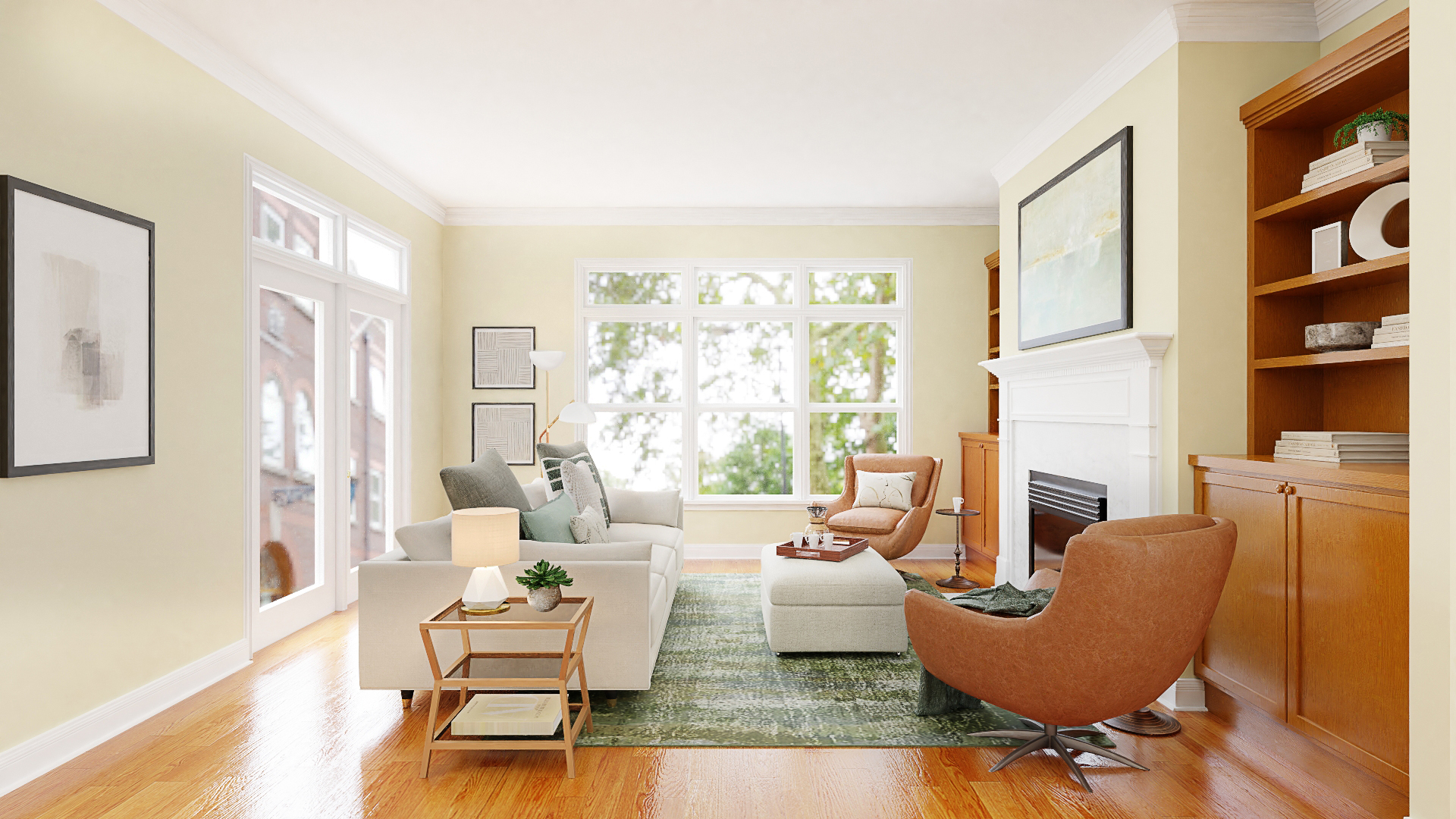


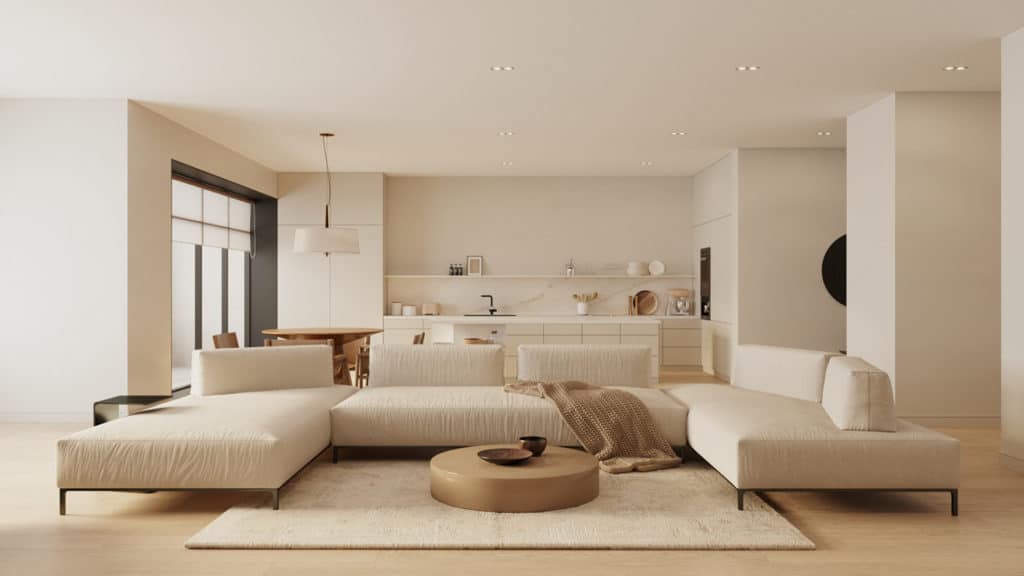

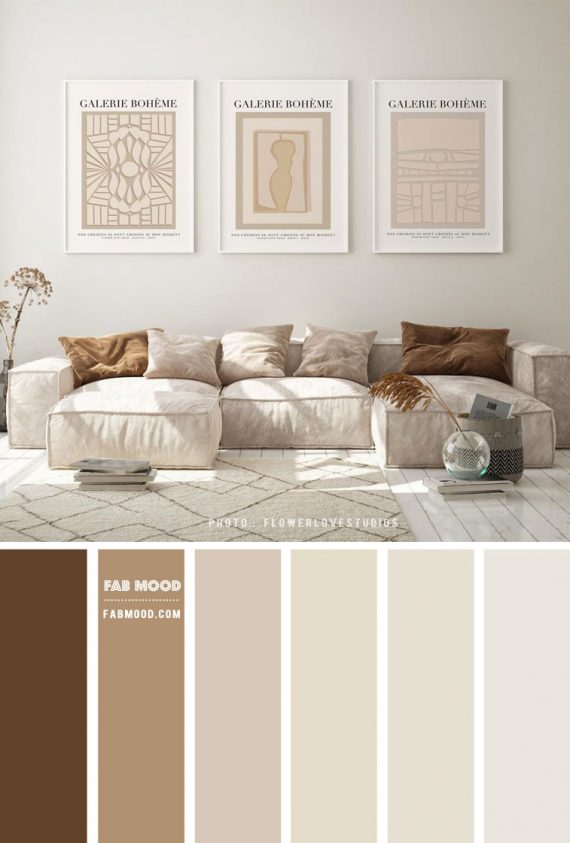


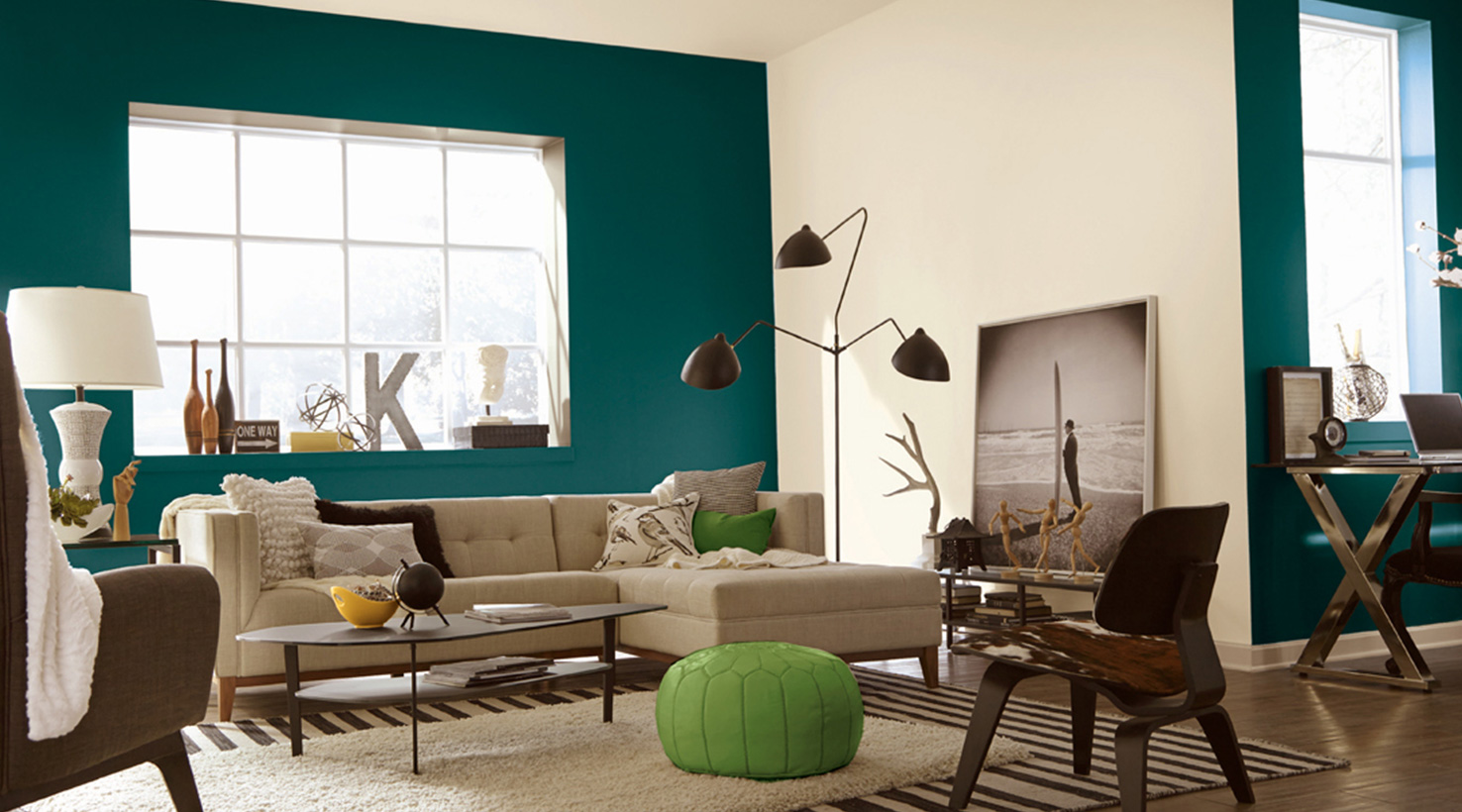




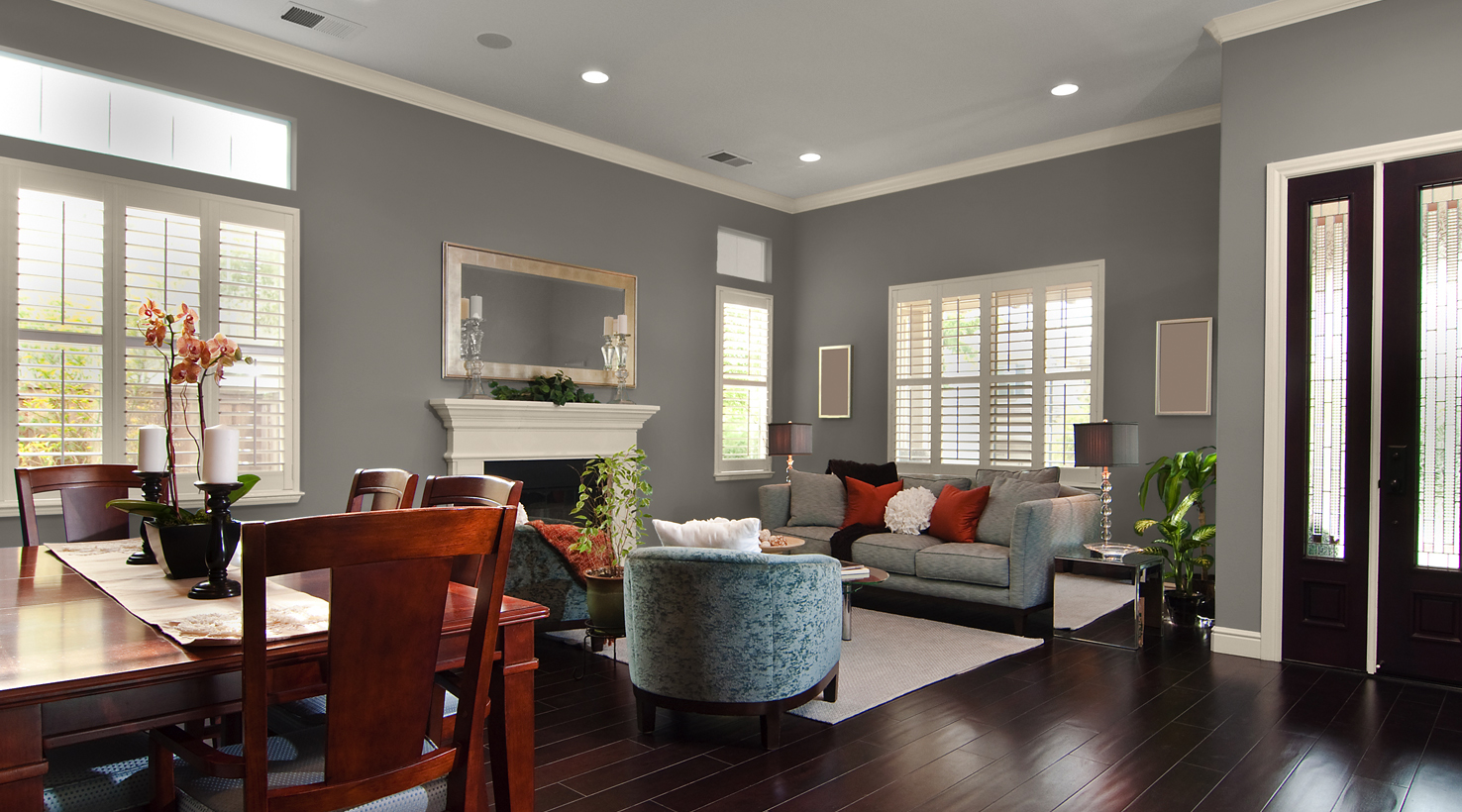
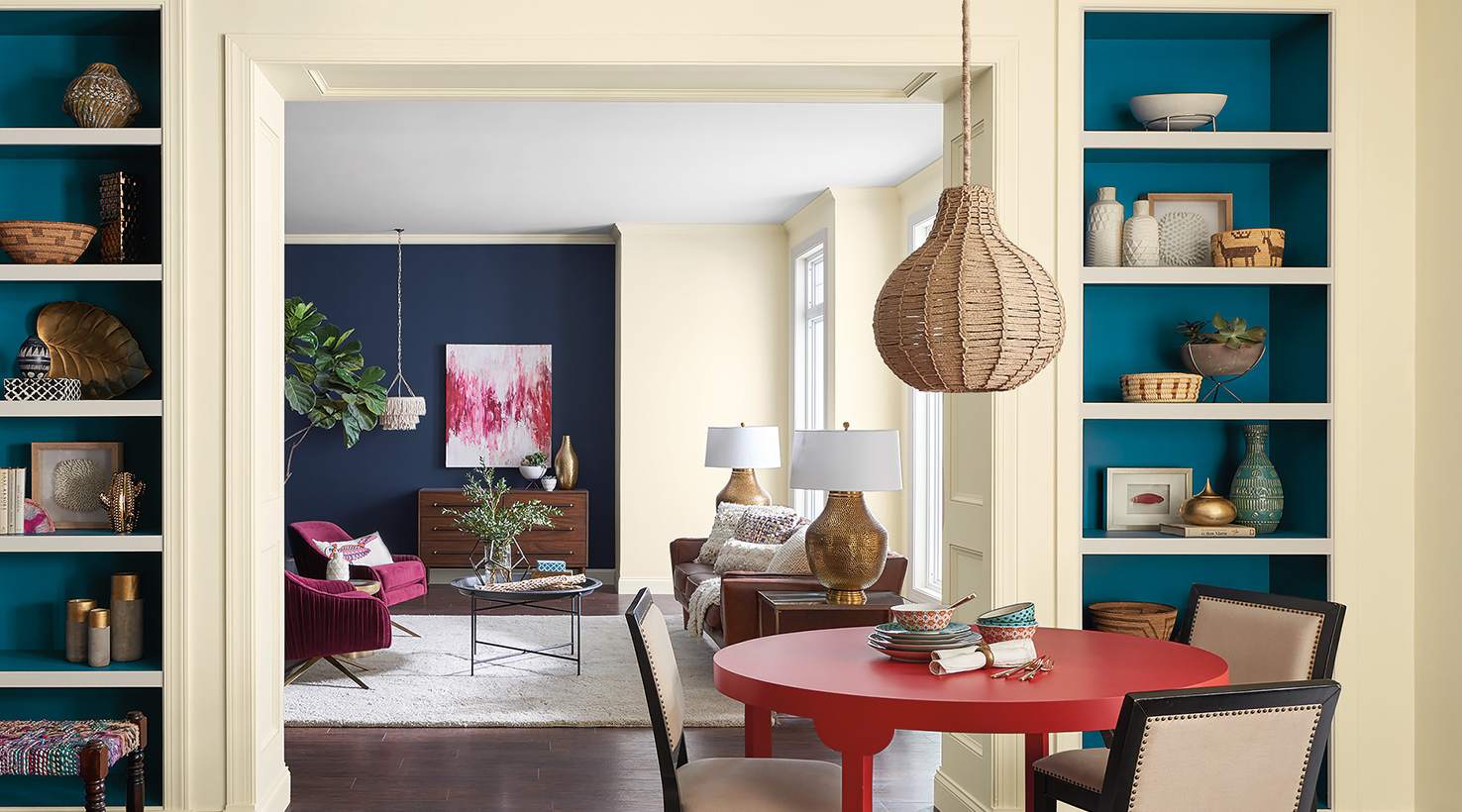
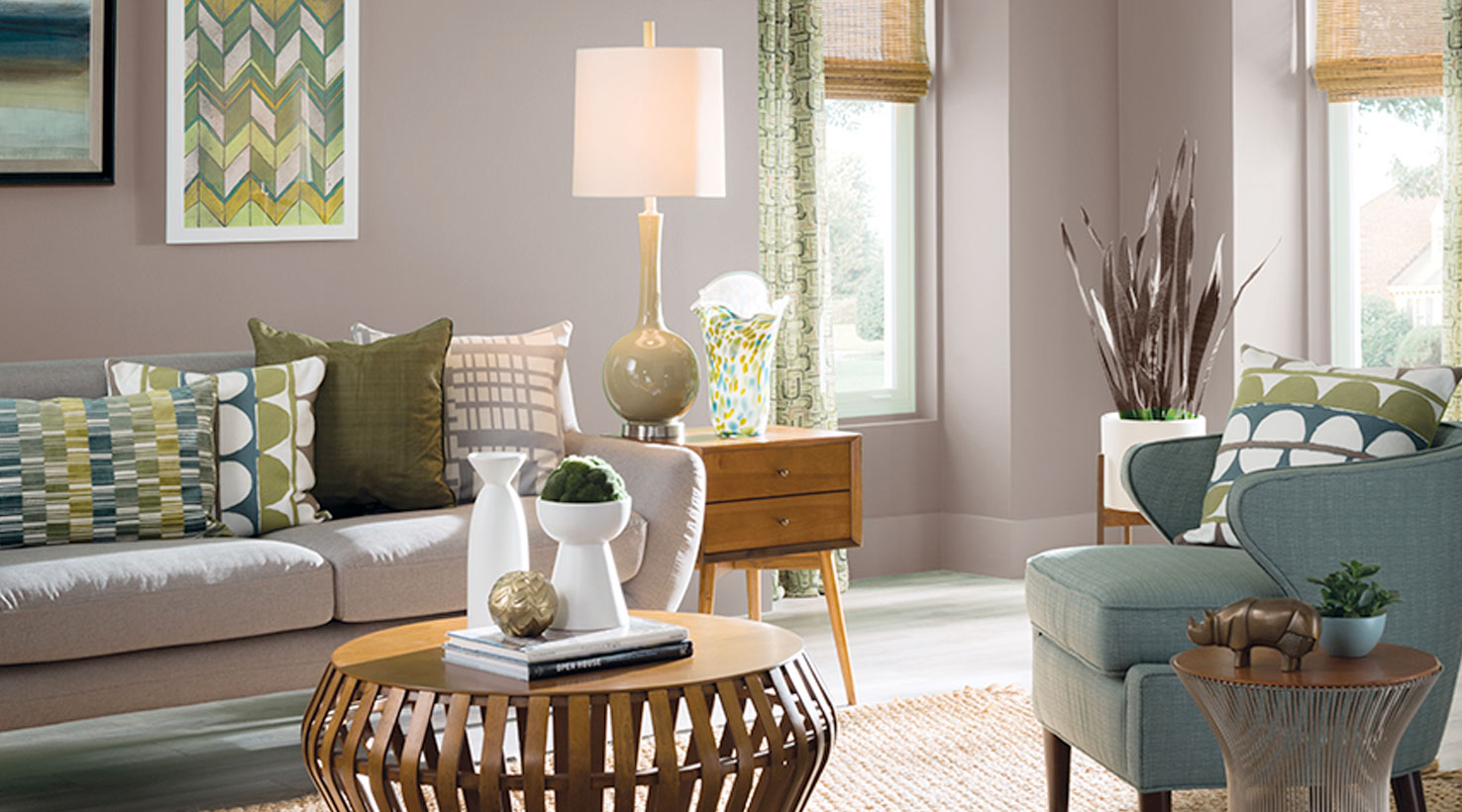
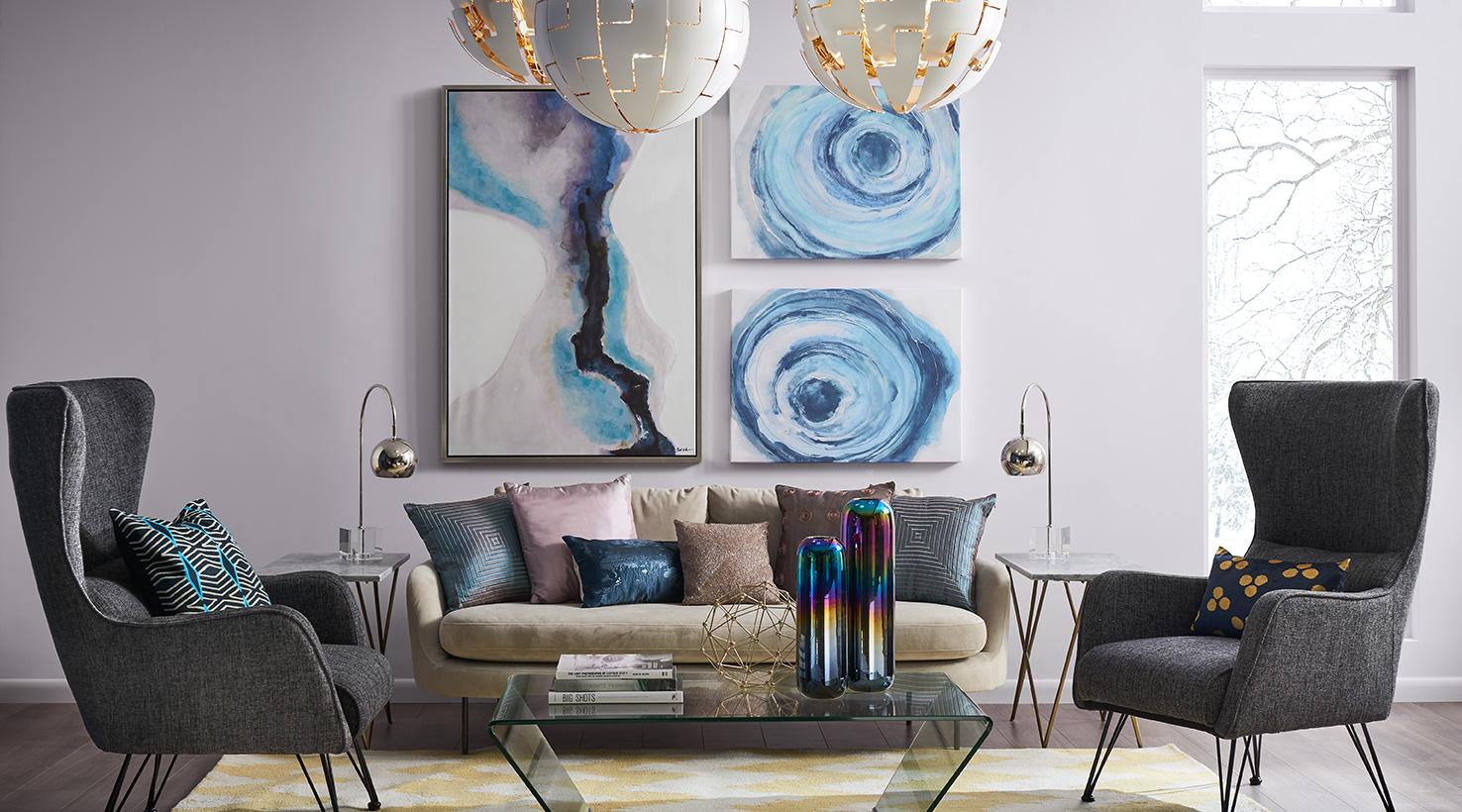

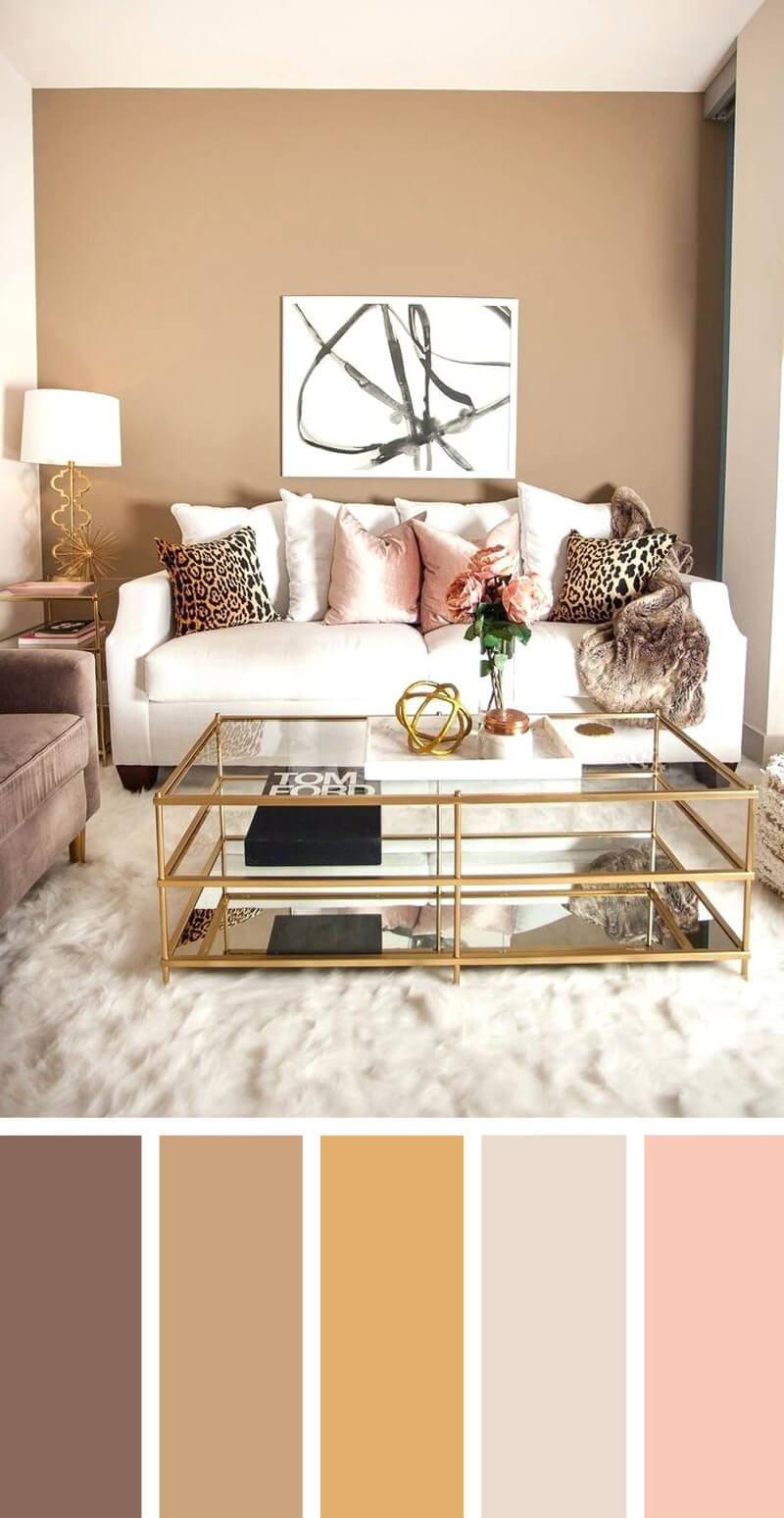
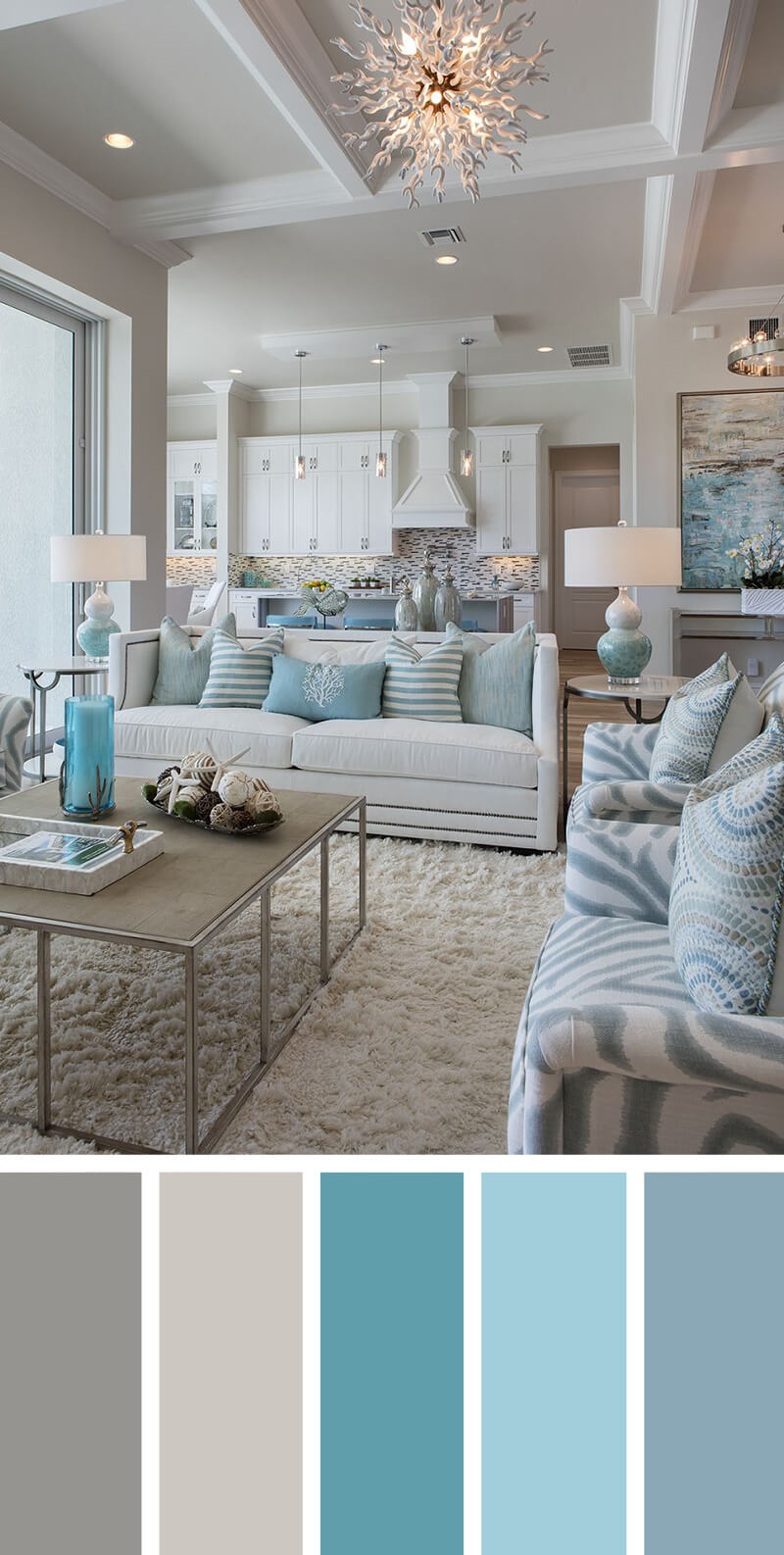


/Neutrallivingroom-GettyImages-568518365-5a6260a87d4be80036ac6b0c.jpg)
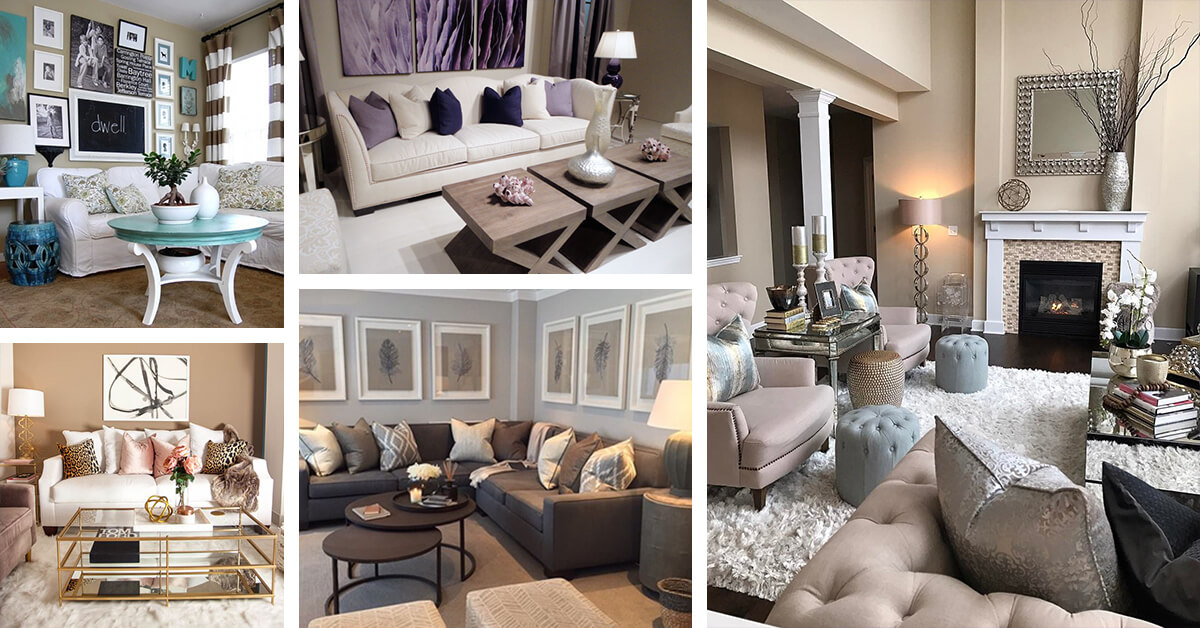








/Intrinsic.Living-Room-56a191b15f9b58b7d0c0ba9c.jpg)






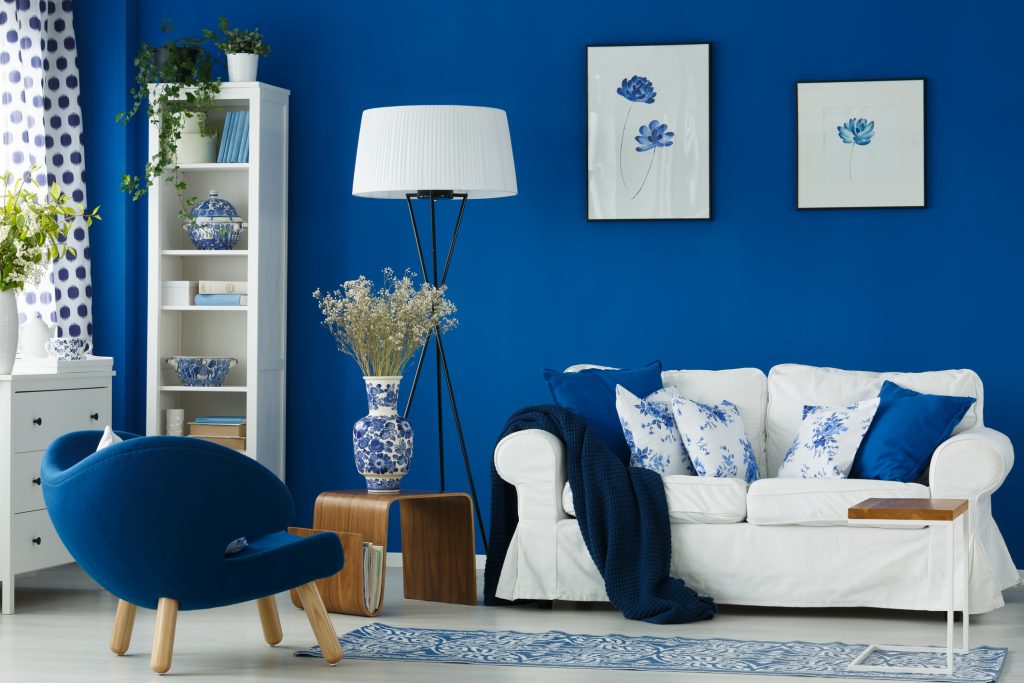

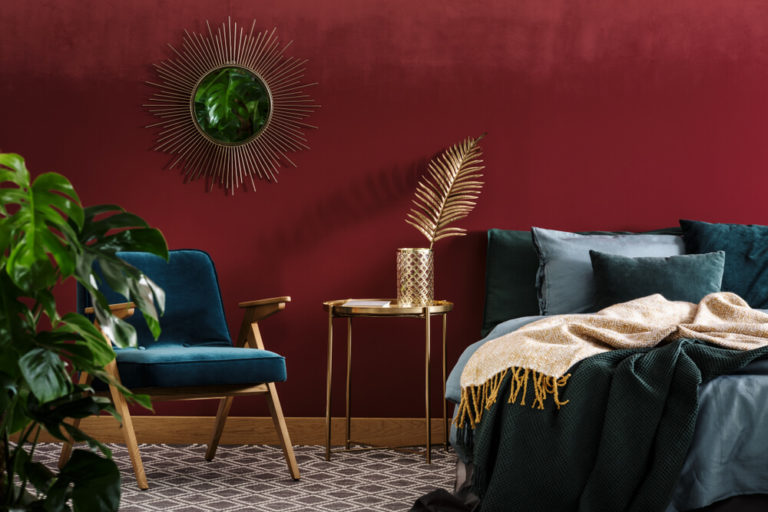



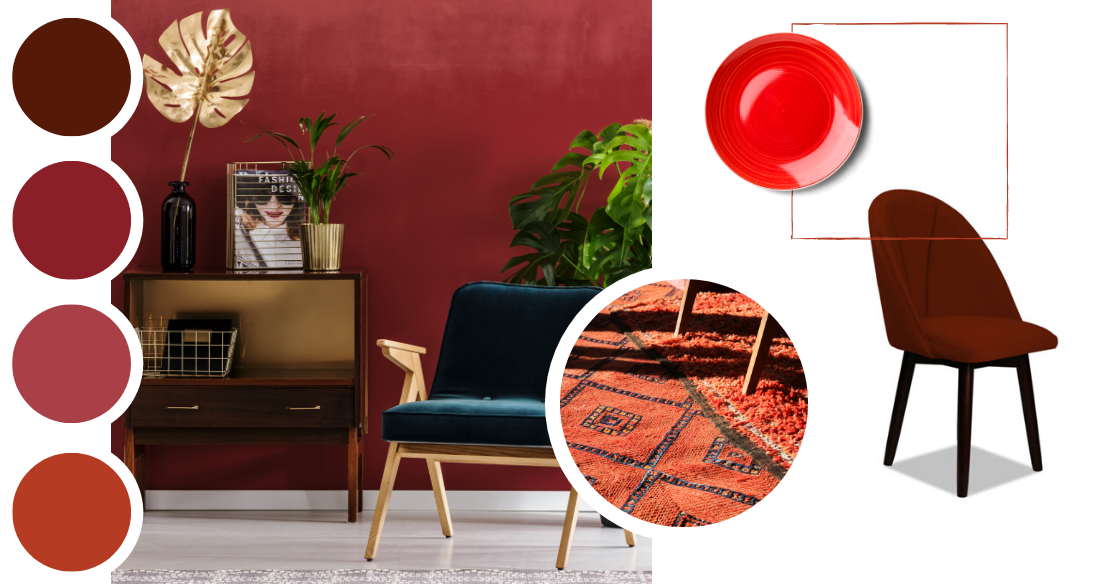



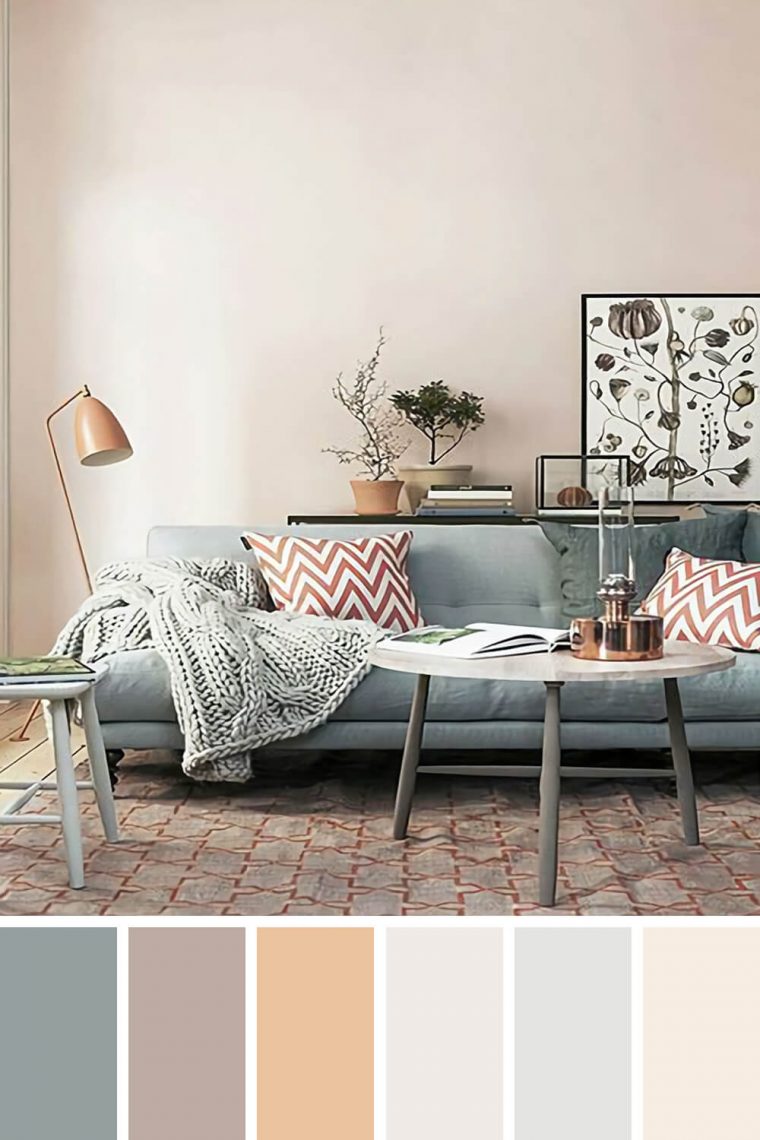

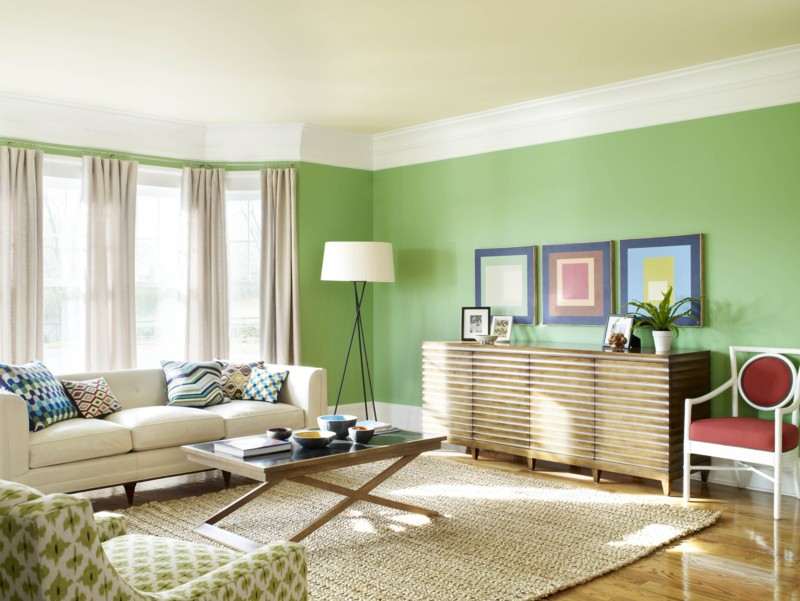
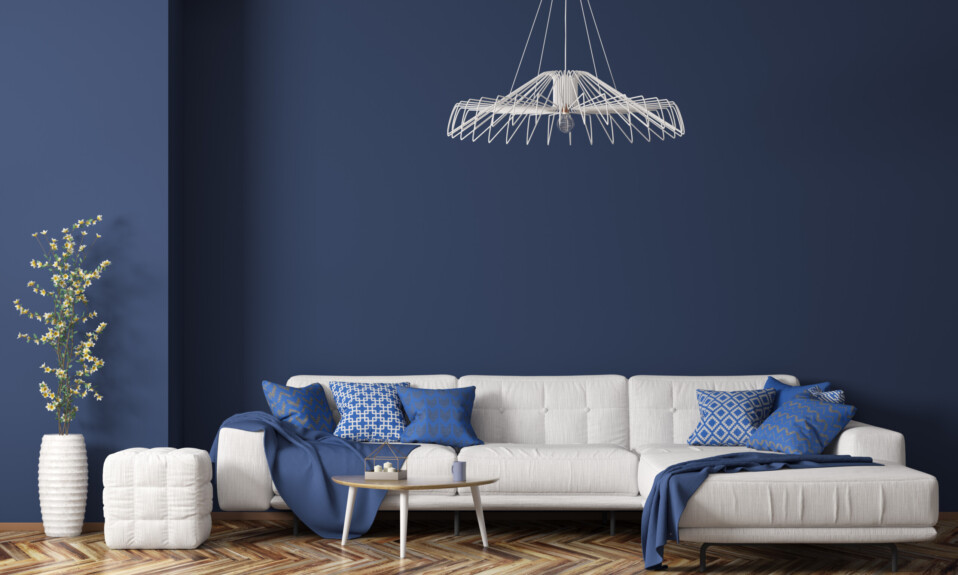


/StraightOn-055_HERO_8BIT_WEB-5c71d4b5c9e77c000149e4ea.jpg)


